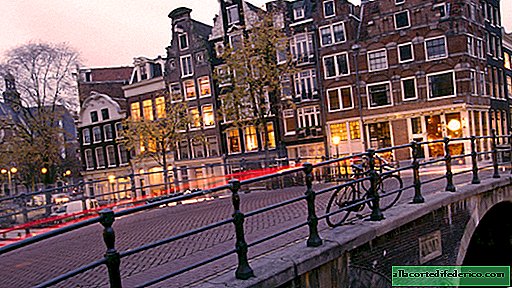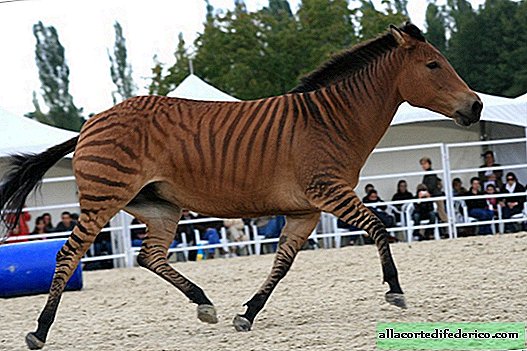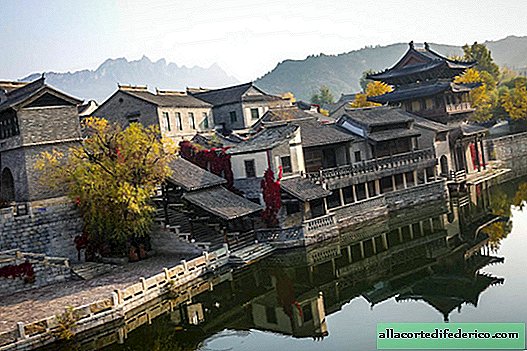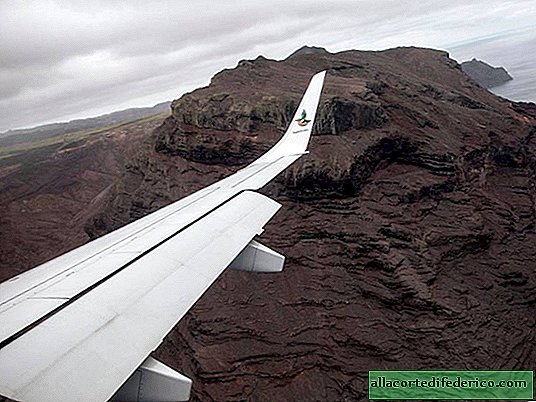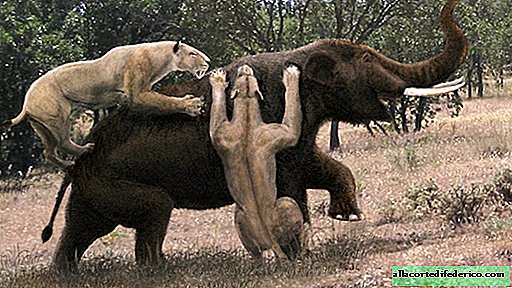Once upon a time there were animal plants on Earth that knew how to change shape
Evolution created many different species, choosing who would better adapt to the environment. In these "experiments" sometimes very unusual creatures were obtained, which still cause many questions among scientists. For example, rangeomorphs outwardly resembled plants, however, they still had an undisclosed breeding system and had the ability to adapt very quickly to the environment.
Live fern
Rankomorphs were one of the first non-microscopic life forms on Earth. The sizes of this strange animal could vary from a few centimeters to 2 meters. Outwardly, they looked more like a fern than an animal: smaller branches grew from the central soft branch, which repeated its shape.
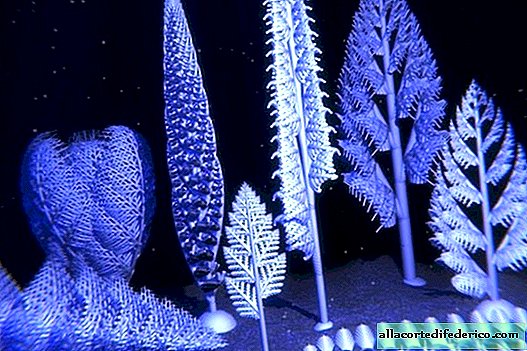
Photo: Jennifer Hoyal Cuthill / University of Cambridge
Rangeomorphs suddenly appeared in the oceans more than 571 million years ago - about a billion years after the appearance of the first single-chamber eukaryotes, but 30 million years before the so-called Cambrian explosion, when many new species of animals arose immediately. What caused the appearance of rankeomorphs in this time period is not yet clear.
In the period of the ediacaria, preceding the Cambrian, rankeomorphs lived in ocean waters. Photosynthesis was clearly not available to them due to the lack of sunlight at a depth, so scientists believe that rankomorphs filtered out nutrients using their leaf-shaped branches. How they multiplied is still unknown. It is assumed that they threw out young "shoots", like modern strawberries, and sometimes dotted water with "seeds".
On one broth
At that time, the oceans resembled a broth teeming with microorganisms, so there was plenty of food for rangeomorphs. Today, an animal of this size and with a similar diet simply would not have survived: the "broth" has become much more fluid. The same thing happened in the Cambrian period, when an explosive increase in the number of new organisms led to a reduction in the amount of food available - and the rankomorphs could not stand the competition.

Pictured: Petrified Avalofractus abaculus / Source: Sarah Collins / University of Cambridge
Although they had a very interesting mechanism recently discovered by scientists: these animals could change their body size depending on the conditions of the ocean. With the help of computed tomography, paleontologists measured fossils of one species of rangeomorphs - Avalofractus abaculus, found in Australia, Great Britain and Newfoundland. Its sizes ranged from a few centimeters to two meters.
A computer model showed that the amount of nutrients in the body could be the cause of such a difference in size. If there were a lot of them, the rankeomorph could retain the number of branches, but generally increase in size. And if food became less, the animal decreased and developed a narrow body in order to better capture what was left in the water.





